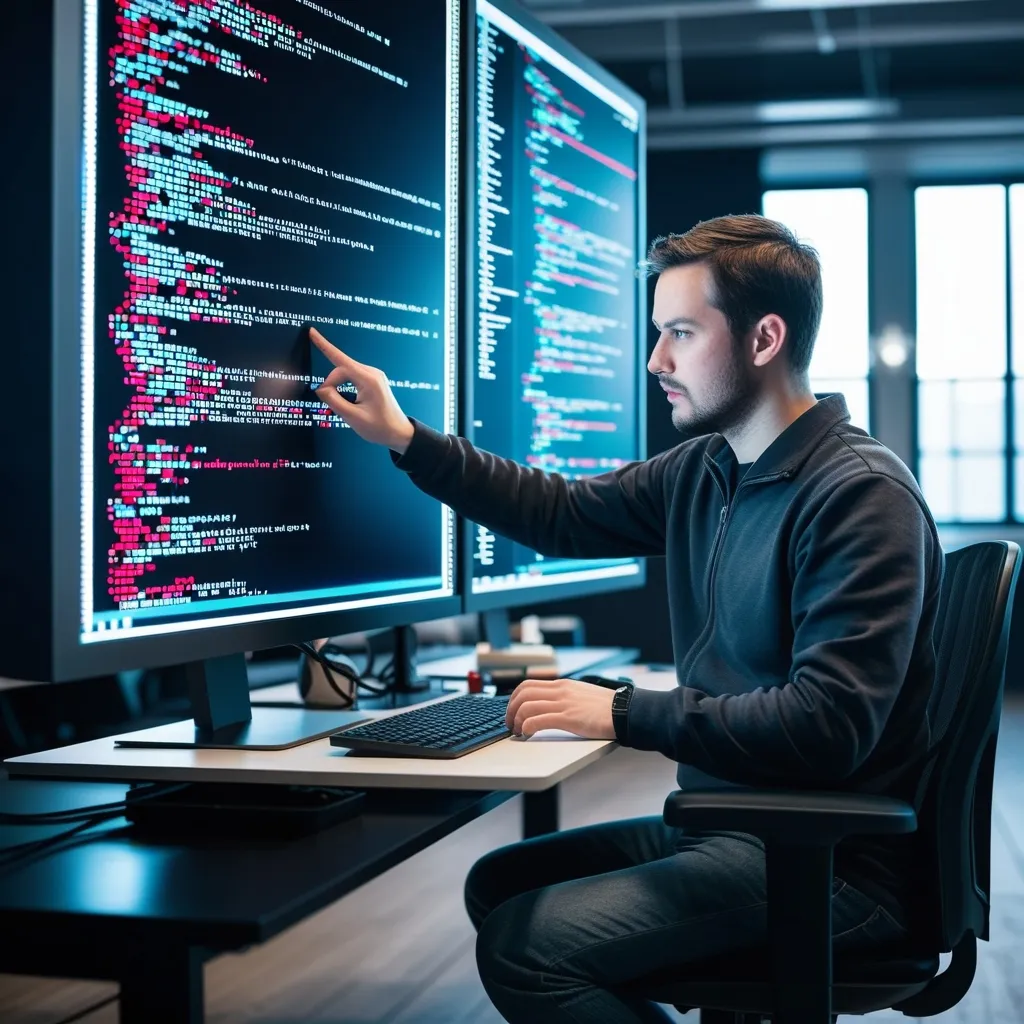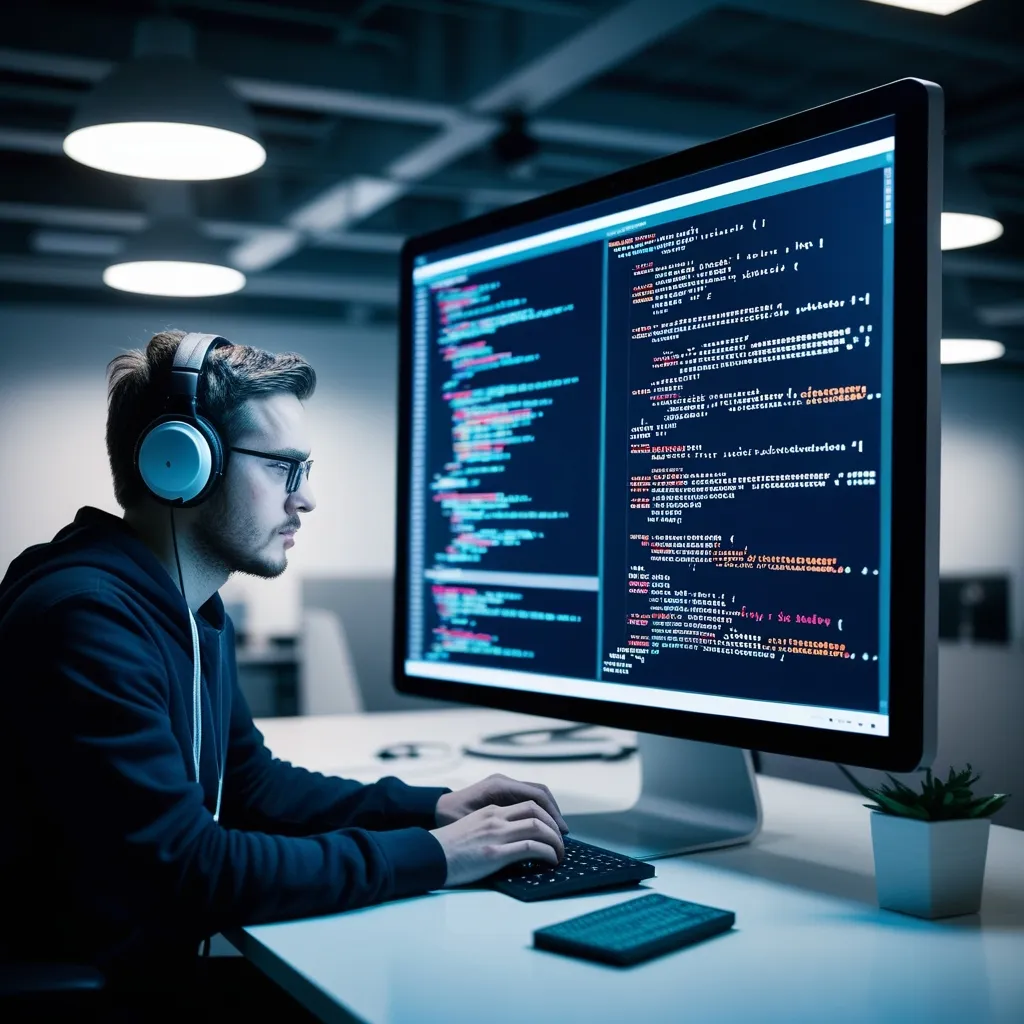JavaScript build tools streamline development by automating repetitive tasks. They manage code bundling, transformation, and optimization, freeing developers to concentrate on core functionality. These tools form the backbone of efficient modern workflows.
Webpack handles complex dependency graphs with precision. Its loader system processes diverse assets like images and CSS alongside JavaScript. The plugin architecture extends functionality for specialized needs. Code splitting improves performance by loading only required modules. Tree shaking automatically removes dead code during production builds.
// Webpack configuration example (webpack.config.js)
const path = require('path');
const HtmlWebpackPlugin = require('html-webpack-plugin');
module.exports = {
entry: './src/index.js',
output: {
filename: '[name].[contenthash].js',
path: path.resolve(__dirname, 'dist'),
clean: true
},
module: {
rules: [
{
test: /\.jsx?$/,
exclude: /node_modules/,
use: {
loader: 'babel-loader',
options: {
presets: ['@babel/preset-env', '@babel/preset-react']
}
}
},
{
test: /\.css$/,
use: ['style-loader', 'css-loader']
}
]
},
plugins: [
new HtmlWebpackPlugin({
template: './public/index.html'
})
],
optimization: {
splitChunks: {
chunks: 'all'
}
}
};
Rollup produces exceptionally clean output for libraries. Its ES module focus results in smaller bundle sizes than CommonJS alternatives. The straightforward plugin API integrates smoothly with TypeScript and Babel. I’ve found it ideal for publishing reusable components with minimal overhead.
// Rollup configuration example (rollup.config.js)
import resolve from '@rollup/plugin-node-resolve';
import commonjs from '@rollup/plugin-commonjs';
import typescript from '@rollup/plugin-typescript';
import { terser } from 'rollup-plugin-terser';
export default {
input: 'src/main.ts',
output: {
file: 'dist/bundle.min.js',
format: 'es',
sourcemap: true
},
plugins: [
resolve(),
commonjs(),
typescript({ tsconfig: './tsconfig.json' }),
terser()
],
external: ['react', 'react-dom']
};
Parcel requires zero configuration for immediate productivity. It automatically processes assets like SCSS and images without loaders. The persistent caching system reduces rebuild times significantly. During development, I appreciate how HMR updates components without full page reloads.
Vite revolutionizes development speed with native ES modules. The dev server starts instantly by avoiding bundle operations. Production builds leverage Rollup’s optimization capabilities. Framework support covers Vue, React, and Svelte with minimal setup.
// ESBuild configuration example (build.js)
const { build } = require('esbuild');
build({
entryPoints: ['src/app.jsx'],
bundle: true,
minify: true,
outfile: 'dist/app.min.js',
define: { 'process.env.NODE_ENV': '"production"' },
loader: {
'.js': 'jsx',
'.png': 'file'
},
plugins: [{
name: 'env-plugin',
setup(build) {
build.onResolve({ filter: /^env$/ }, args => ({
path: args.path,
namespace: 'env-ns'
}))
build.onLoad({ filter: /.*/, namespace: 'env-ns' }, () => ({
contents: JSON.stringify(process.env),
loader: 'json'
}))
}
}]
}).catch(() => process.exit(1));
ESBuild achieves unprecedented speed through parallelization. Written in Go, it compiles large codebases in milliseconds. The simplicity appeals to projects needing rapid iteration. Both development servers and production builds benefit from its efficiency.
Selecting tools involves weighing project requirements. Large applications might prioritize Webpack’s maturity. Library authors often prefer Rollup’s output quality. Prototyping accelerates with Parcel’s simplicity. Vite balances speed with flexibility. ESBuild excels where build time is critical.
Modern tools reduce configuration burdens while enhancing output. They enable focus on solving user problems rather than build mechanics. Thoughtful selection directly impacts development velocity and application performance.






